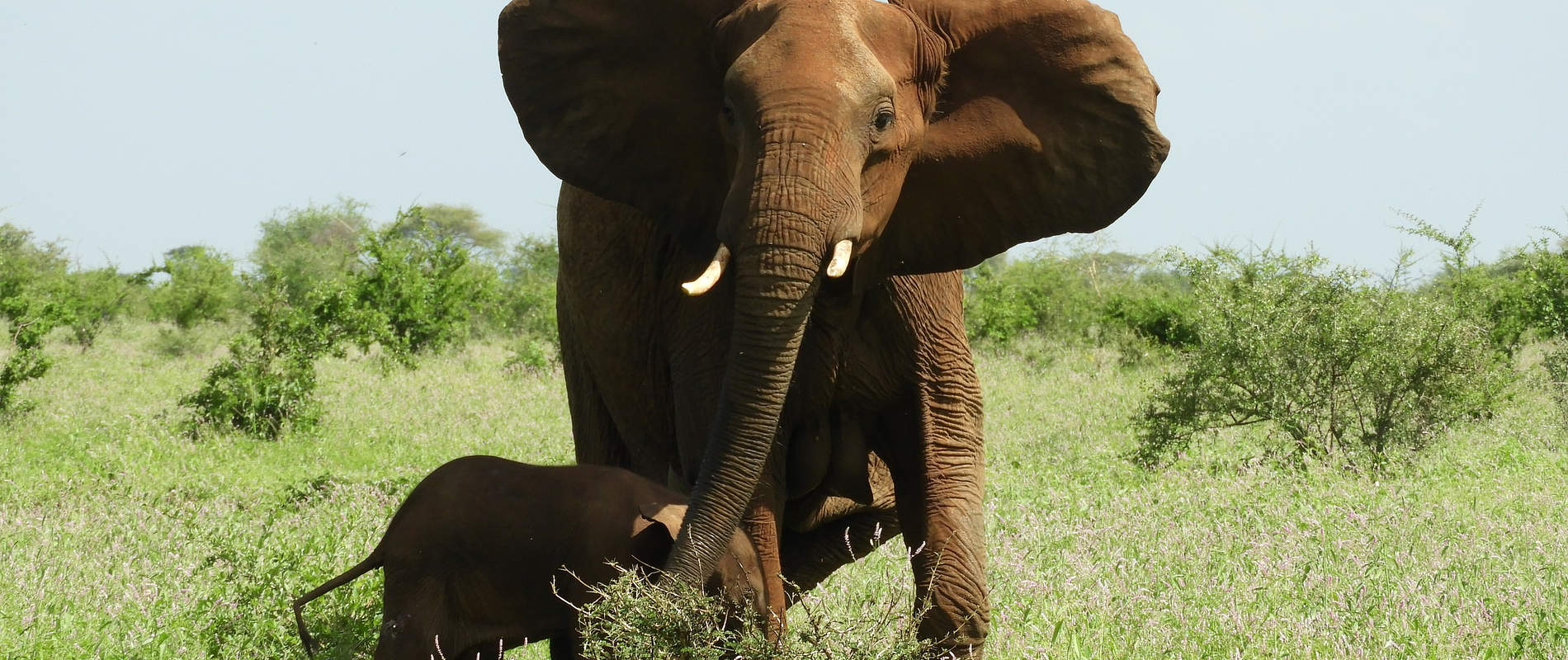This report describes the activities of the Meru Veterinary Unit in northern Kenya in November 2017
This report describes the activities of the Meru Veterinary Unit in northern Kenya in November 2017.
We attended to various cases including an oryx which suffered a fracture on its leg in Kalama conservancy and an elephant calf was treated for an abscess in Meru National Park. AtSolio ranch a zebra foal was immobilized to remove a snare. In Sera conservancy the veterinarian oversaw an elephant drive from the Sera black rhino sanctuary and in Ishaqbini we collared 3 elephants to assist in elephant monitoring in the Tana delta.
1. TREATMENT OF INJURED ORYX IN KALAMA CONSERVANCY
Date: 15/11/17
Species: Oryx
Sex: Female
Age: Adult
Location: Kalama conservancy
History
An adult oryx in Kalama conservancy suffered a fracture on its front leg. This oryx had been hand raised and was restrained physically. Due to the fracture its body condition had deteriorated, however, its appetite was normal.

Treatment
Wooden splints and a bandage were applied to support the leg. A long acting antibiotic and multivitamin were administered intramuscularly.

Prognosis
This oryx is expected to make a slow recovery.
2. WOUND TREATMENT IN A JUVENILE ELEPHANT
Date: 20/11/17
Species: Elephant
Sex: Male
Age: Juvenile (< 1 year)
Location: Meru national park
History
We found this juvenile elephant which showed lameness on its right hind leg while on routine patrol within Meru national park. Visual examination showed a swelling and pus discharge distal to the knee joint.
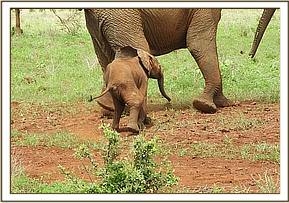

Chemical immobilization
This elephant calf and its dam were in a herd of eight elephants. We first immobilized the mother using Etorphine hydrochloride 14mg into its thigh muscle muscle. As the drug took effect the rest of the herd was chased away by vehicle and the calf restrained physically using ropes for treatment.
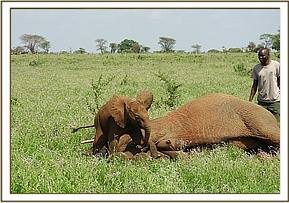

Examination and treatment
Examination showed an open abscess distal to the right stifle joint. Treatment was by lavage using hydrogen peroxide and application of povidone iodine. Green clay was also applied. Parenteral antibiotics and anti-inflammatory drugs were given.Anesthesia was reversed using Naltrexone hydrochloride, when the dam showed signs of recovery the calf was released and were later reunited.
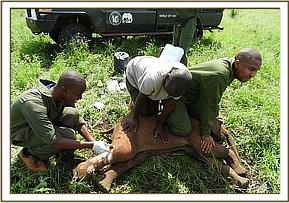
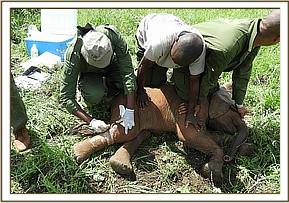


Prognosis for recovery was considered good.
3. SNARE REMOVAL IN A ZEBRA
Date: 29/11/17
Species: Zebra
Sex: Female
Age: Juvenile
Location: Solio ranch
History
The wildlife monitoring team in Solio ranch reported two zebra with wire snares injuries on their legs. We visited the ranch on 29/11/17 to remove the snares and treat the wounds.
Visual examination of a stallion with a snare on the distal aspect of its left front leg showed that the snare had cut through the skin, muscles and tendons causing severe lameness. Due to the extent of injury we recommended euthanasia of this stallion. A foal with a snare on its left forelimb was darted to remove snare and treat wounds.
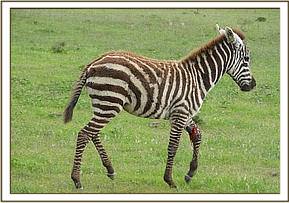
Chemical immobilization
A combination of Etorphine hydrochloride 1mg and Azaperone 30mg in a single 1.5cc dart was administered for immobilization. Induction time was 5 minutes.

Snare removal and treatment
The tight snare had cut through the skin on the distal to the carpal joint causing severe wounds and lameness. The snare was quickly cut and removed. Wounds were washed with dilute hydrogen peroxide to remove dead tissue and povidone iodine and green clay was applied. Systemic antibiotics, multivitamin and ivermectin were administered. Effect of anesthetic drug was reversed by administration of Diprenophine hydrochloride 6mg intravenously through the jugular vein. Two minutes later the foal was reunited with its mother and the rest of the herd.

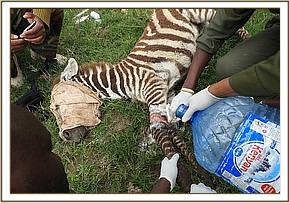

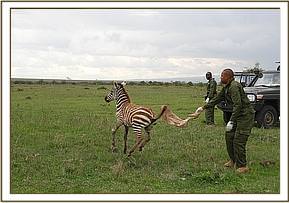

Prognosis for recovery was considered good.
4. SERA CONSERVANCY ELEPHANT DRIVE
The Meru veterinary unit provided veterinary support to drive out elephants within the rhino sanctuary in Sera to the larger conservancy on 28/11/17.
An elephant count within the sanctuary showed 50 individuals within the sanctuary which was considered higher than its ecological carrying capacity. This drive aimed to forestall vegetation damage within the sanctuary and give priority to endangered black rhinos within the 107 km2 fenced sanctuary.
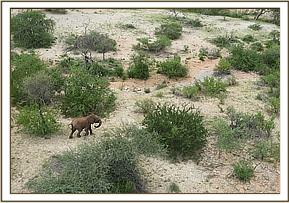
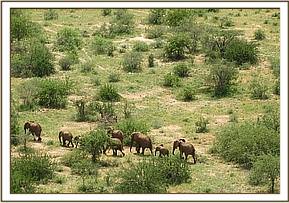

Prior to the drive, a fixed wing aircraft surveyed the area to identify suitable corridors for the elephants considering proximity to the fence. A 400 meter section of the fence and posts were pulled down.
Subsequently a helicopter drove the elephants in three herds through the corridor. Twenty elephants were removed from the sanctuary during this exercise.
5. ELEPHANT COLLARING IN ISHAQBINI CONSERVANCY
On 30/11/17 three elephant bulls were fitted with satellite tracking collars for monitoring in Ishaqbini conservancy along the Tana river.
This is part of a long term program that aimed to monitor elephant movement within the Tana delta and enhance their security through optimal deployment of resources.
